bill bodkin goes to the extreme with the producer of the new Extreme Championship Wrestling documentary …
Extreme Championship Wrestling was a groundbreaking wrestling promotion that broke all the conventions of the pro wrestling game and changed the industry forever. Although as quickly as it came onto the scene, it was gone just as fast. However, its impact remain etched in the annals of professional wrestling history.
The rise and fall of this South Philadelphia-born company has been documented multiple times in glossy retrospectives. However, there hasn’t been a film that’s looked at the extreme promotion through the same lens that the promotion projected its wrestling product — unfiltered, raw, and totally, brutally honest.
Barbed Wire City is that film.
The documentary, produced by John Philapavage and Kevin Kiernan, isn’t another “wrestling doc” that chronicles the historic events of ECW or is a glorified “shoot interview” where former employees of the company “shoot” and vent their frustrations. This is an examination of the glorious heights, the terrible lows, the brutal aftermath, and the unique subculture all associated with Extreme Championship Wrestling.
Pop-Break: So, why ECW?
John Philapavage: I was an ECW fan. My hometown is Allentown, Pa. so the ECW Arena in South Philly wasn’t far away. I was raised on sports and was a wrestling fan when I was a kid, but my interest started waning around ’94 and ’95. You didn’t talk about wrestling back then because people thought it was stupid. Then I got into ECW and I was fascinated the culture of it — how the fans were woven into the story by Paul Heyman.
PB: What were your favorite memories of ECW?
JP: I’d say Tommy Dreamer vs. “Prime Time” Brian Lee. Just seeing that violence live — the table spots, the fighting in the crowd, people bashing through doors to see the action; it was just visceral and shocking. Also, Tajiri vs. Super Crazy. They created no promos leading up to the match since neither spoke any English. They were newer to the Arena crowd, but they drew the crowd in through their art — the timing, the athleticism. Wrestling is violent performance art. Another was when The Sandman returned to the ECW Arena (in 1999). It was one of the craziest live moments. The elation from the crowd was crazy, I don’t know what to compare it to. People were hugging and high five-ing people they didn’t even know: I know definitely did.
PB: Talk about the beginning days of the film and when that game changing moment came about.
JP: Kevin and I were mockumentarians at the time, so it was a natural jumping off point to do an actual documentary. We were sitting in the car wash we were working at, waiting to vacuum some cars, and I was thinking and pitching ideas to him. It was a sunny but cold late February, early March day … funny how you remember those details. I told him it would take us three months. I had four names I wanted to interview and that the movie would be a fan journal of the live experience of being at the ECW Arena.
ECW, even though they were on TNN at the time, were still kind of a mom and pop type company. So we thought we could get some access [and they did]. We filmed some footage at their fan convention [Cyberslam], got two or three interviews with some non-famous people and then we went to get Todd Gordon [ECW’s original owner and founder]. It took a few months and we filmed him three days before ECW closed. [Gordon’s interview and the closing] set the project off; the film was going in a new direction.
PB: Who was the most difficult interview you had locking down?
JP: Well Scott Levy [Raven] took a while to lock down. It took us about six months to get Todd Gordon. We never got Tommy Dreamer. We did get something with him at the fan convention but we didn’t have a release for it, and it didn’t fit the film in the end. We had contacted Dave Meltzer [writer of the Wrestling Observer] in August 2001 and didn’t end up finishing his interview until last summer. In the beginning of making the film, the Internet was a huge help because you could really dig into people’s personal info; we found people like Bruce Mitchell and Ed Zohn.
PB: Who was the most entertaining personality to film?
JP: I fell in love with The Public Enemy. I was so heartbroken when Teddy [Ted ‘Rocco Rock’ Petty] died. I remember when Johnny [Johnny Grunge] came in to film,he was so emotional because he’d flown into Philly for 3PW’s Tribute to Ted. I loved those two guys and I wish we could’ve shot more with them. [Grunge passed away as well]. I have some extra footage of them and I would like to put something small together for their families.
Also, Tony Lewis was great to work with. He ran Strictly ECW and he was very involved with ECW. He was interesting, thoughtful, compassionate. I remember he took me to The Elks Lodge [dubbed ECW’s Madhouse of Extreme] and he was looking at the place like it had been 30 years since the last show when, in fact, it had only been a few months.
PB: Anyone you regretted not interviewing?
JP: Tommy Dreamer. Here’s a guy who would’ve added such a different dimension to the film. He was such a nice guy to us, but we could never get him when he was signed to a major company or available.
PB: This is an “unauthorized” documentary — did you run into any difficulties from the WWE or not using the ECW footage they owned?
JP: We’re very careful about saying we’re not supported by WWE. We used a lot of footage from the RF Video Fan Cams. They are not owned by WWE, so we were allowed to use the footage they got from these shows. It’s very raw and gritty stuff. We also licensed headlines from The Wrestling Lariat and Pro Wrestling Torch as well as pictures from ringside photographers at the events. We also got great footage from a man named Bill Brown from outside the ECW of the day of the first pay-per-view.
PB: Who was your biggest ally from ECW or associated with ECW in the making of this film?
JP: Brian Heffrom AKA The Blue Meanie has been awesome. He actually re-found us through Kickstarter. We had done an interview with him a few months before at the Extreme Reunion show in April 2012 and then he found us and asked if we could re-shoot his piece. We didn’t know his motives at the time, but he’s been so awesome about spreading the word about us. He was really big about getting the word out about our Kickstarter campaign too. Also guys like [ECW ring announcer] Bob Artese, [ECW referee] John Finnegan and [ECW office worker] Gabe Sapolsky, who has done so much on the indies, were really big supports in our early days.
PB: Barbed Wire City was completed due to the help of a successful Kickstarter campaign. Were you surprised at the monetary reaction from the fans?
JP: Yes! And we actually didn’t hit our goal as fast as everyone thought: we hit it with about eight days left. I was scared. I remember doing all these interviews … I think 26 in 30 days [including with PWInsider’s Mike Johnson and Dave Meltzer of The Observer], sometimes three in a row. Right after they’d go up I’d race to my computer to check the Kickstarter page. It’s not an instantaneous thing, getting money right after an interview goes up. I remember begging our media manager to get us mainstream media coverage — but mainstream media tends to run away from wrestling. That’s unfortunate because this is a really good story.
Then people like The Meanie and a guy named Dan Fitkowski helped us out. Dan pleged over $1,000 and then really went out of his way to get people on Twitter to donate. He even paid for a spot on Colt Cabana’s Art of Wrestling Podcast for us.
I remember we were about $8,000 away from our goal. I did an interview with Dave Meltzer then I went to my sister’s to decompress and hang with her and my nephews. I just wanted to stop obsessing. Then I got word we started getting close and then at 4am, I saw it happen … we hit our goal. I was almost in tears. It would’ve killed me if we finished the campaign $3,000 short. That money really helped us finish the film and get the premiere off the ground.
PB: At this time Kevin had sorta left the film; how important was it to bring him back.
JP: Anything good that has happened to this film is Kevin’s fault. I told it him it would be the hardest thing to do to not finish it with him. It definitely would not be as good as it came out to be if he was not on board to finish the film.
PB: We’ve talked a lot about the making of this film, but let’s talk about what separates you guys from all the other ECW-related documentaries and films out, particularly the ones produced by Hardcore Homecoming and WWE.
JP: This is a human interest piece. ECW was a thought experiment, a co-creative promotion that allowed the wrestlers to develop their own personalities and storylines. It pushed the envelope with the violence, the production. This film looks at what happens when things go awry, when there’s no institutionalization. I mean this company couldn’t last: there were riots, wrestlers fight fans, it was almost like crash crash.
This is also an examination of the subculture that ECW created. There’s no narration here — this is an oral history. The film really says a lot but it’s not explicit. We pay tribute to certain aspects but it’s also soberingly poignant in many moments.

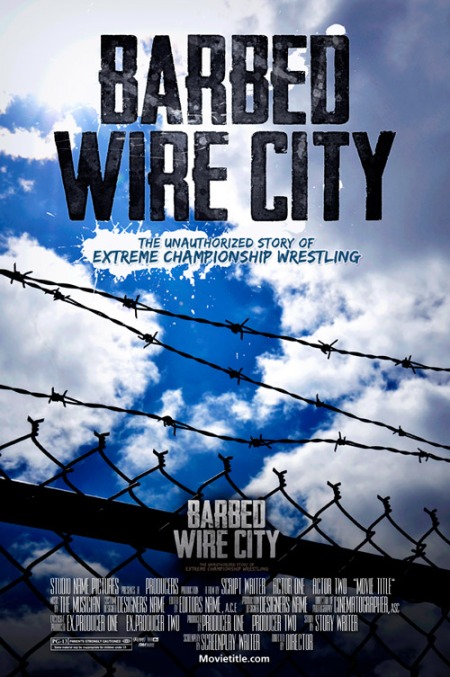


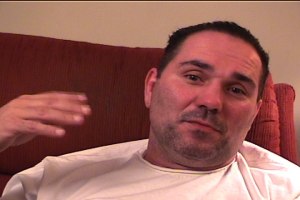
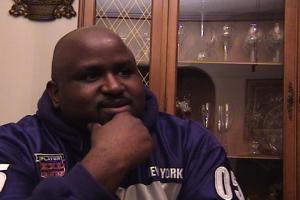

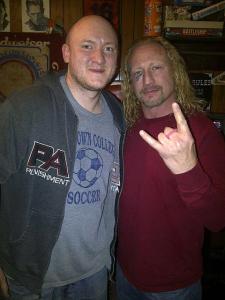
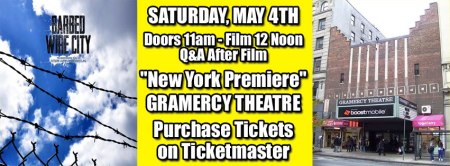

Comments are closed.